We just returned from a wonderful vacation to France. The first week of our trip was spent in the Loire Valley, which meant, of course, wine tasting and chateaux. We drank a lot of great wine while we were there but there was one in particular that surprised me by capturing my heart: Cour-Cheverny, made from the ancient Romorantin grape. Cour Cheverny is a small commune located in the Loire-et-Cher department of the Centre region of France in the Loire Valley. The Cour Cheverny Appellation d'Origine Contrôlée (AOC) was recognized in 1997 (some sources say it was 1993) and the sole varietal grown in this region is Romorantin. According to legend, the Romorantin grape was introduced to the Loire by King Francis I of France in 1519 and planted near Romorantin castle. Romorantin was once widely grown in the Loire but is now found only in the Cour Cheverny region. A sibling of Chardonnay, Romorantin produces dry, minerally white wines which are characterized by a long finish. While enjoyable in their youth, they also have huge potential for aging. The largest producer of Cour Cheverny wines is François Cazin but we chose to try some from smaller and lesser known producers. The first place we visited was Christian Tessier et Fils Domaine de la Desoucherie. The vineyard is situated on the highest peak of Cour Cheverny and comprises about 25 hectares. We quite enjoyed his rouge (made from Pinot Noir and Gamay), as well as the Cremant de Loire, but it was the Cour Cheverny made from 100% Romorantin that stole our hearts. Aged 12 to 18 months in the bottle, this is a dry wine, crisp, fleshy, pale yellow with aromas of ripe fruit and a hint of acacia flowers. It has an aging potential of 8 to 10 years and pairs well with grilled fish, poultry and (my favorite) chevre. Our second favorite producer of Cour Cheverny was the better known Domaine Philippe Tessier (no relation as far as we could tell). While our favorites here were the Cuvee Le Point du jour 2009, made from 75% Pinot Noir and 30% Gamay, and the Cuvee Cabernet 2009, made from 100% Cabernet Franc, their Cuvee Domaine and Cuvee Les Sables 2008 Cour Chevernys were fabulous as well. We bought a few bottles at each place (as well as others we visited) and drank several of them in the evenings back at the wonderful 200 year-old stone gite we were staying in. Since I am not a big white wine drinker and I do not like (gasp!) Chardonnay (blasphemy, yes, I've heard it before), I was surprised to find that I kept coming back to the Cour Cheverny, tasting it, sniffing it, even thinking about it when I wasn't drinking it. While still in France, I did a bit of research and found that Cour Cheverny wine is VERY difficult to find here in the US. I guess it stands to reason that since growth and production is so small it hasn't made its way here in droves, AS IT SHOULD HAVE! In talking about this with Jason, he wondered if part of my crush wasn't situational - drinking it in France while on vacation, sitting outside in the heat of a gorgeous evening,etc. I suppose he could have a point but there is only one way to find out! Thanks to www.wine-searcher.com, I was able to locate some Cour-Cheverny wines here in the US that could (for a price) be shipped to me. I'm looking forward to tasting them again this summer and seeing if our holiday romance can stand the test of everyday life! I'll report back.... In the meantime, stay tuned for my next Loire Valley wine-related post about the most amazing winery, and wine, we experienced on our trip. Cheers!
7 Comments
|
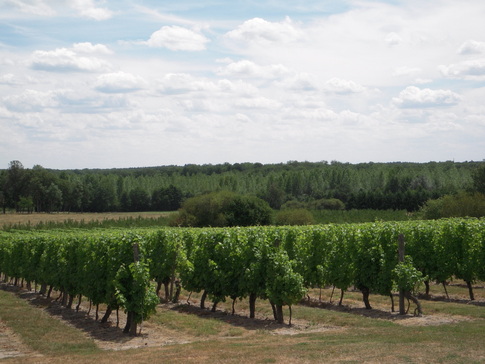
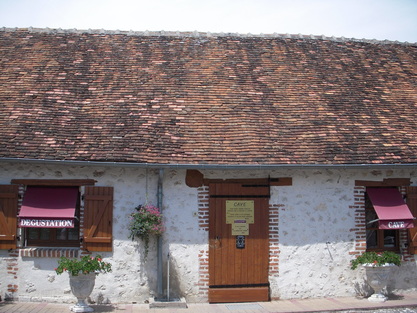
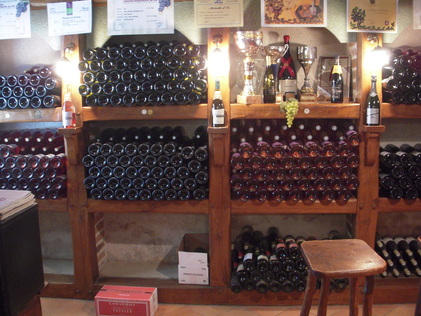
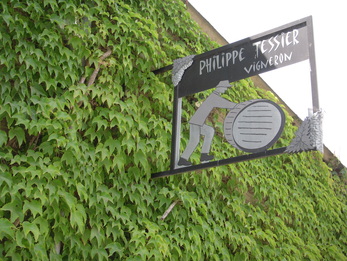
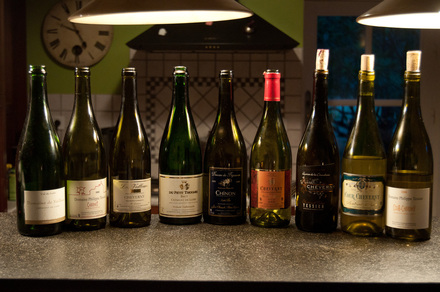
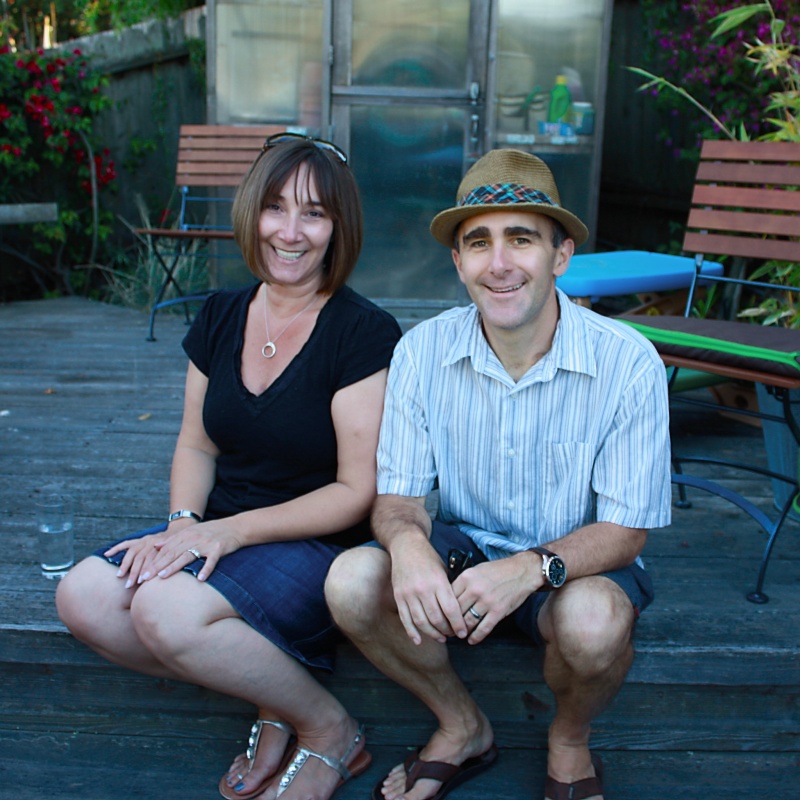
 RSS Feed
RSS Feed